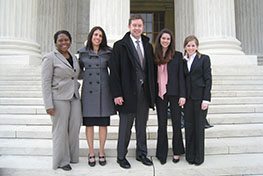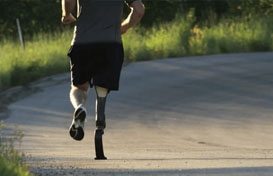California traffic safety officials would likely be most happy if they could interpret current accident and fatality statistics as merely a temporary aberrational departure — a hiccup, if you will — in an otherwise steady pattern of improving roadway safety.
They can’t do that easily, though, because traffic-related deaths in California are unquestionably on the rise, and have been so over consecutive measuring periods in recent years.
That spells upswing, and it is notably discernible — and troubling.
“We want to keep it [the pattern showing a persistent rise in roadway deaths] as minimal as possible,” says one state safety official.
Hopefully that is a doable proposition, although relevant accident statistics indicate that it might be a difficult task.
Here’s one such number: State authorities say that motor vehicle-related fatalities spiked by 13 percent over a recent three-year period. They expect that upward trend to remain apparent when new traffic numbers for last year are fully crunched and analyzed.
Moreover, that rising death toll has followed a period during which fatal accidents were decreasing in the state at an impressive rate. As one media article addressing the subject matter notes, fatalities “dropped a dramatic 36 percent between 2006 and 2010.”
Given the state’s comparatively heavy traffic volume, road fatality numbers are obviously far from insignificant in any year, regardless of what trending data are showing.
Officials note, for example, that 2,739 people died in vehicle-related crashes in California during 2010. That number rose to 3,104 in 2013.
Driving is obviously — and literally in the most fundamental sense — deadly serious business that demands unflagging vigilance. We wish all our readers routinely safe outcomes when they are behind the wheel and negotiating streets and highways across the state.












